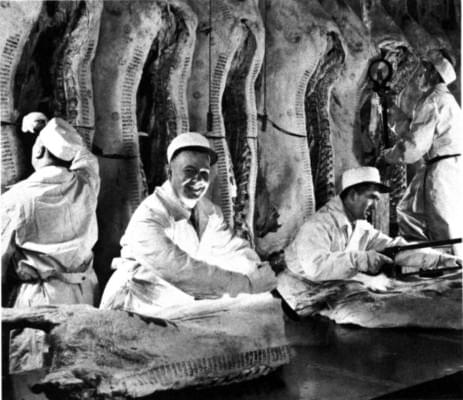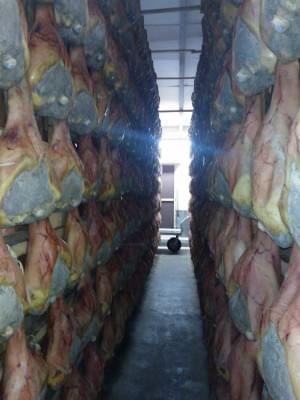Less meat = less global warming?
A few weeks ago, in “The Ethicist,” Ariel Kaminer asked readers of this paper’s Magazine to explain why it’s ethical to eat meat. The contest generated around 3,000 submissions, and as a judge I read about 30 of them. (Here are the responses from the winner and the finalists.)
A fascinating discussion. But you need not have a philosophy about meat-eating to understand that we — Americans, that is — need to do less of it. In fact, only if meat were produced at no or little expense to the environment, public health or animal welfare (as, arguably, some of it is), would our decisions about whether to raise and kill animals for food come down to ethics.
The purely pragmatic reasons to eat less meat (and animal products in general) are abundant. And while I’ve addressed them before, I’ll continue until the floods come to Manhattan.
Five years ago, the United Nations Food and Agricultural Organization published a report called “Livestock’s Long Shadow,” which maintained that 18 percent of greenhouse gases were attributable to the raising of animals for food. The number was startling.
A couple of years later, however, it was suggested that the number was too small. Two environmental specialists for the World Bank, Robert Goodland (the bank’s former lead environmental adviser) and Jeff Anhang, claimed, in an article in World Watch, that the number was more like 51 percent. It’s been suggested that that number is extreme, but the men stand by it, as Mr. Goodland wrote to me this week: “All that greenhouse gas isn’t emitted directly by animals. ”But according to the most widely-used rules of counting greenhouse gases, indirect emissions should be counted when they are large and when something can be done to mitigate or reduce them.”
The exact number doesn’t matter. What does is that few people take the role of livestock in producing greenhouse gases seriously enough. Even most climate change experts focus on new forms of energy — which cannot possibly be effective quickly enough or produced on a broad enough scale to avert what may be the coming catastrophe — and often ignore the much easier fix of adjusting our eating habits.
It’s good that we’re eating somewhat less meat, but it still amounts to something just shy of a staggering 200 pounds per person per year. And no matter how that number changes domestically, on the world scale there’s troubling movement in the wrong direction. Meat consumption in China is now twice what it is in the United States (in 1978 it was only one-third). We still eat twice as much per capita as the Chinese, but when they catch up they’ll consume more than four times as much as we do.
But the Chinese don’t need to eat like us; we need to eat like them. Or, rather, like they did until recently.
If you believe that earth’s natural resources are limitless, which maybe was excusable 100 years ago but is the height of ignorance now, or that “technology will fix it” or that we can simply go mine them in outer space with Newt Gingrich, I guess none of this worries you. But if you believe in reality, and you’d like that to be a place that your kids get to enjoy, this is a big deal.
A primer: The earth may very well be running out of clean water, and by some estimates it takes 100 times more water (up to 2,500 gallons) to produce a pound of grain-fed beef than it does to produce a pound of wheat. We’re also running out of land: somewhere around 45 percent of the world’s land is either directly or indirectly involved in livestock production, and as forests are cleared to create new land for grazing animals or growing feed crops, the earth’s capacity to sequester greenhouse gases (trees are especially good at this) diminishes.
Read the whole article here>>
Related news
Related news
(HU) Az ételárus nehéz kenyere – A nap videója
Sorry, this entry is only available in HU.
Read more >







